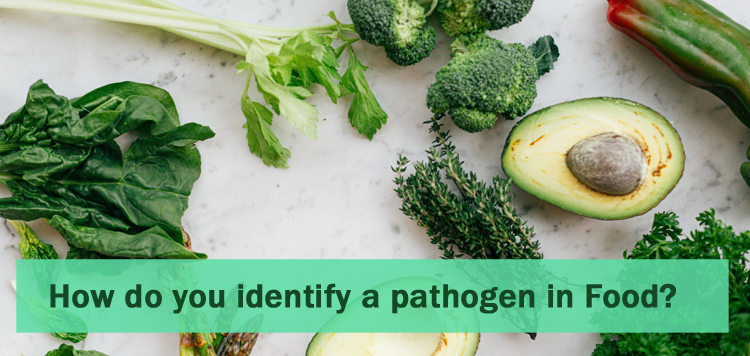Foodborne pathogens such as bacteria or parasites are responsible for causing diseases like food poisoning. In severe cases of food poisoning, a patient may die.
Pathogens such as Salmonella or E.Coli are responsible for causing more than one million food poisoning cases every year. That’s why we need to be cautious about it and know how to avoid food contamination.
But how do you identify a pathogen in Food? Well, don’t worry; we have got your back!
This article will tell you how to identify food pathogens and the ways to deal with them appropriately. So keep on reading for more!
How Does Food become contaminated with Pathogen?
Everything we eat daily contains pathogens. From meat to veggies, anything can cause food poisoning if we don’t take proper measures to prevent it.
If we cook any food, the process can kill pathogens, which are a relief. However, raw foods are vulnerable to contamination; thus, we should clean them accurately before we eat them.
Food Spoilage vs. Food Pathogens – The Differences
There is a misconception among us that food spoilage and food pathogens are the same things. But it’s very different. It’s not necessary that bacteria contaminated your spoiled Food.
When a portion of food gets spoiled, you can identify it by inspecting the odor, color, and taste. But pathogen contamination is not that easy to detect.
It may appear slimy and smelly, but that’s not the accurate way to detect Pathogen.
Spoiled Food will make you sick, but you can get better with proper medication. By contrast, foods that are contaminated by pathogens can lead you to death.
How to Identify Pathogen in Food – The Proper Way
There are many scientific methods to detect if your Food is contaminated by bacteria or not. So how do you identify a pathogen in Food? You will get your answer in the following section.
The methods of detecting pathogens in foods can be divided into two categories, Culture-based and Culture-independent.
Culture-based Methods
Culture-based methods are the most popular procedure to detect pathogens in food. These methods are used in laboratories because they are easy to use, cost-effective, and provide accurate information about the Food’s microorganisms.
The steps of a culture-based identification are:
- Pre-enrichment
- Selective-enrichment
- Plating on selective media
- Biochemical Confirmatory test
The whole process may take two-three days for preliminary isolation and up to seven days for final confirmation.
Culture-Independent Methods
Two Culture-independent methods are used to detect Pathogen in Food, Nucleic acid-based, and Bacteriophage-based detection methods.
The Nucleic acid-based methods work by identifying the DNA/RNA sequences of the target pathogenic organism.
On the other hand, the Bacteriophage-based method is the most effective and works in a more complex way. It is used for high detection sensitivity for several foodborne pathogens.
Final Verdict
Though culture-based methods are the most popular and easy ones to detect pathogens, the Bacteriophage-based method is the most promising.
Hopefully, after reading this article, you have found the answer to how do you identify a pathogen in Food.
Now you will have a primary idea about the concept and can go deeper to learn about it in detail.
We talk about more food
Which Statement best Describes a Lifestyle with Healthy Eating Habits?, Food Contamination Caused by Pathogens can be Controlled by , What is The Best Way to Prevent Poor Food Safety , How Can a Food Handler Identify Pathogens, What bacteria can survive boiling water, what food does not support bacterial growth

